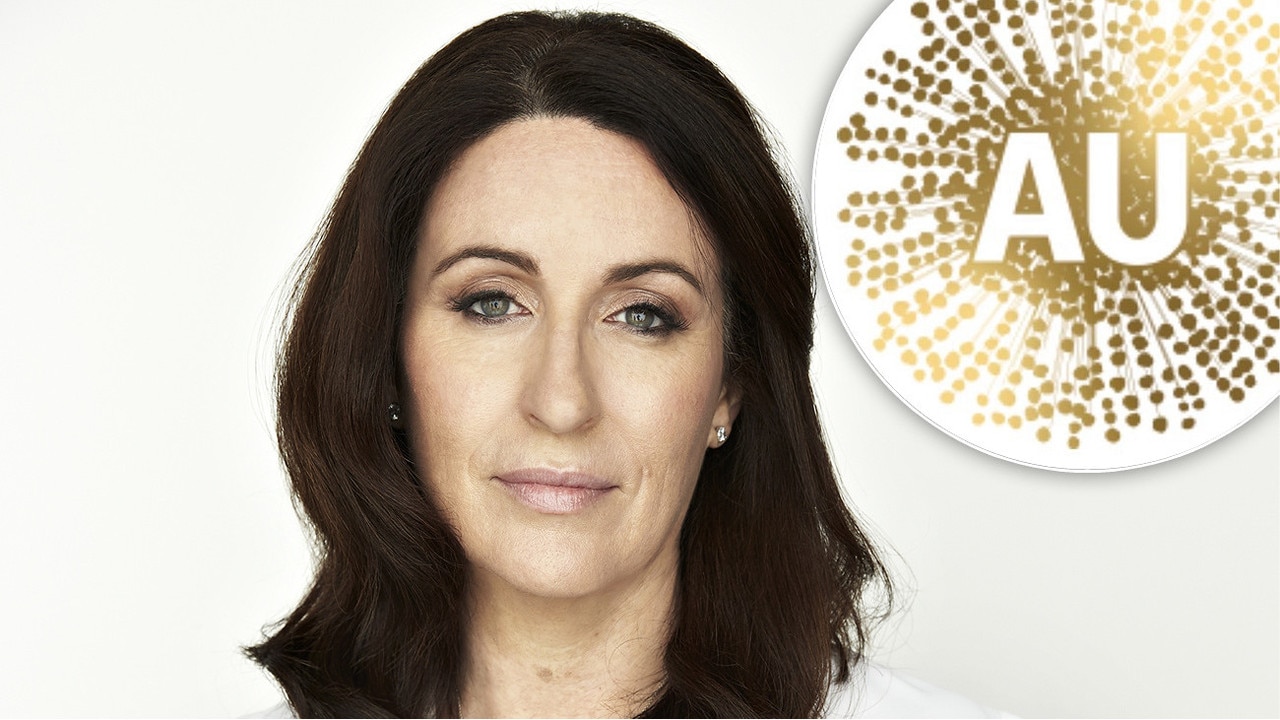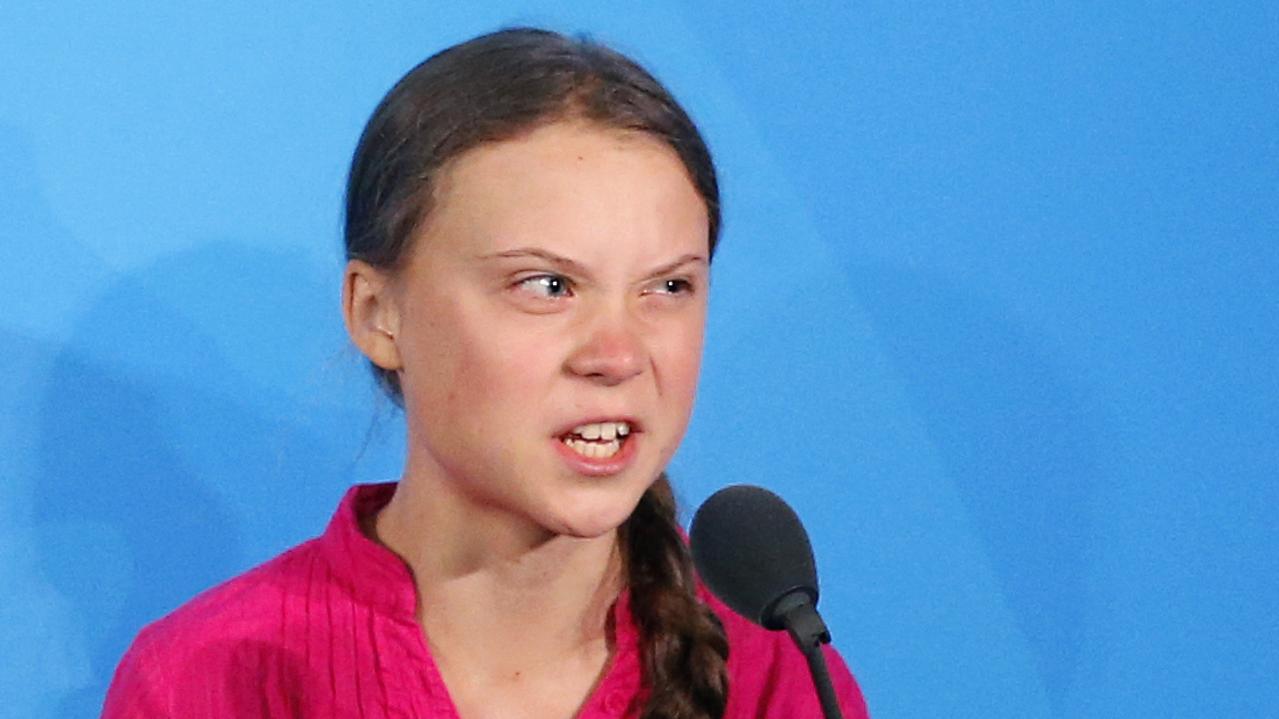Made in Bangladesh: the true cost of fast fashion
With the production of our clothes now being done so far away, we’ve become completely disconnected. We’ve lost sight of the labour hours involved and instead only consider their value by their price tag.

Rendezview
Don't miss out on the headlines from Rendezview. Followed categories will be added to My News.
Over the past decade fast fashion has made its way into Australian consumers’ wardrobes. In order to get the business of the big labels, producers are driven to make increasingly greater quantities at increasingly cheaper prices. But this comes at a cost.
With a new school year upon us, some Australian retailers have recently advertised $2 school polo shirts. Some of the shirts are made in Bangladesh, where wages are less than $100 per month.
On April 24, 2013, the Rana Plaza building in Bangladesh collapsed, killing more than 1100 people. Over half the victims were female garment factory workers, along with a number of their children in the building’s nursery.
Built on swampy ground and with illegally-added upper floors, the building was a structural disaster waiting to happen. Many of the brands manufacturing apparel in the building were instantly recognisable: Benetton, Mango, Primark, Walmart.
On hearing the news of the Rana disaster, I was saddened and outraged and vowed to boycott the relevant brands. But I became confused by counterarguments that black-listing all products made in Bangladesh hurt those companies making improvements to workplace safety and employee wages. My resolve faded, but the concern lingered.
Living in London last year, I often saw protesters outside the headquarters of fashion labels and cosmetics companies. Speaking to a PETA demonstrator who was protesting the sale of angora in Oxford Street, I learnt of a 2011 book called To Die For: Is Fashion Wearing Out the World?
Written by British journalist Lucy Siegle, this book highlights the human rights abuse of people at various stages of fast fashion production. From child labour in cotton production, to unsafe working conditions of garment assemblers like those in the Rana Plaza to the appalling wages of embellishers working at home.
The book reopened my eyes. I hadn’t even realised the staggering environmental consequences of fast fashion. Rivers in developing countries — which provide drinking water to locals — are being contaminated with toxic waste from indigo jean production and leather tanneries. Pesticides are overused in cotton production, causing cancers and other terrible health problems, not to mention degrading the soil and compromising its productive capacity. Donations of fast fashion to charities contribute to an ever-increasing mountain of waste.
Siegle was the executive producer of a documentary about the fashion industry, The True Cost, released in 2015. It is compelling viewing, highlighting that the average American consumes 400 per cent more clothes than 20 years ago and create on average 37kg of textile waste every year. According to fashion designer Eileen Fisher, the clothing industry is the second largest polluter in the world, second only to oil.
While the problems of today’s fashion industry are clear, finding solutions is more challenging. Many retailers now have audit arrangements in place to monitor the working conditions of the factories in which their clothes are produced. But recent research found that supply chain auditing is failing both workers and the environment and is only really “working” for business.
In the aftermath of the Rana Plaza disaster, there was positive action. Signed in May 2013, the Accord on Fire and Building Safety in Bangladesh is a five-year, independent agreement between brands, retailers and unions designed to build a safe and healthy garment industry in Bangladesh. More than 200 apparel brands, retailers and importers from over 20 countries signed the Accord, including popular Australian department stores. However, the low prices at which these retailers are selling their school polo shirts raises questions about the effectiveness of the Accord in improving conditions and wages for workers, who are mostly women.
But I hear you. There are too many things to feel guilty about. Palm oil threatens the habitat of orang-utans. Merbau is an unsustainable timber source. Child labour is pervasive in the production of smartphones. And I’m just one person. What can I do?
It’s simple. Buy less. Buy ethically, looking for fair-trade and organic cotton certification. Use repair services. Adopt “slow fashion” — choosing higher quality essential pieces that last many seasons. If we vote with our wallets, the fashion industry will be forced to change.
Six months ago, I became a mum for the first time. My new son has gotten off to a good start so far, inheriting bags of clothes from friends’ children who have outgrown them.
But I’ve already noticed an alarming trend. I’ve dressed him in the same handful of outfits and he didn’t even wear many items before growing into the next size. If I’m honest, my own wardrobe has the same issue. Some items I’ve worn for many years until they’re mere threads, while others I wore once or not at all. I bet it’s the same for you.
As a child, when we came home, my mum insisted we changed into our “around the house” clothes. This was to preserve our better clothes as much as possible. My mum, the daughter of a dressmaker, knew how labour-intensive it was to make each item of clothing. With the production of our clothes now being done so far away, we’ve become completely disconnected, losing sight of the labour hours involved and instead only considering their value by their price tag.
So in 2016, I’m quitting fast fashion. While I have some concerns that my son will feel like he’s missing out, I hope he will come to realise the planet and its people are far more valuable than having the latest design T-shirt.
Jayne Christensen is a human rights lawyer, writer, and new mother. You can follow her on Twitter @jayne_chr


